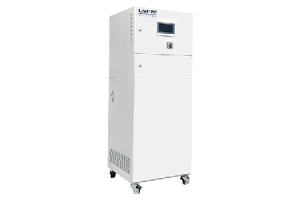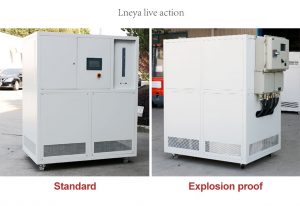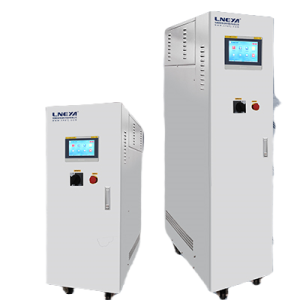Que tipo de refrigerador é necessário para a gravação a baixa temperatura?
The low-temperature etching process usually requires extremely high precision temperature control and strong cooling ability to maintain stable operation of the etching equipment at extremely low temperatures, in order to achieve finer etching effects and optimize the performance of semiconductor devices.
For this requirement, the applicable types of coolers mainly include:
Multi channel chiller: A chiller with multiple independent temperature control circuits that can accurately control the temperature of different parts, ensuring uniform and stable temperature throughout the entire system. This is particularly important for complex etching equipment that requires maintaining different temperatures in different regions.
Low temperature chiller: This type of cooler is designed to generate and maintain extremely low temperatures, providing cooling capacity from ambient temperature to far below freezing point, suitable for low-temperature etching process requirements such as -70℃.
Closed loop refrigeration system: The closed loop system can more effectively control temperature and reduce energy consumption, suitable for etching processes that require long-term stable low-temperature operation, while reducing the impact on the external environment.
Semiconductor specific chillers: These chillers are customized to meet the needs of the semiconductor industry and have characteristics such as high-precision temperature control, fast response, low vibration, and low noise. Some are also designed with special material heat exchangers to cope with corrosive environments.
Handheld low-temperature chiller: Although not as widely used in production lines as large chillers, handheld low-temperature coolers may also be adopted in certain specific local low-temperature control or portable application scenarios due to their flexible and convenient advantages.
Therefore, the chiller used must not only achieve the required low temperature, but also be compatible and capable of handling cooling media under such special working conditions, while also having good corrosion resistance. When choosing a cooler, factors such as energy efficiency, ease of maintenance, level of intelligent control system, and ease of integration into existing production lines should also be considered.
Customization of chiller solutions
Recomendações relacionadas
-
Refrigeração industrial no Japão: Para que são usados os chillers de processo?
1133Process chillers in Japanese industry provide precise, reliable cooling for electronics, automotive, pharmaceutical, and chemical production.
Ver detalhes -
Que tipo de refrigerador pode ser escolhido para arrefecer o XRD?
1706Which Type of Chiller for Cooling XRD?
Ver detalhes -
Com estes pontos, a eficiência de utilização do refrigerador de temperatura ultrabaixa pode ser mais eficiente
1672A estrutura do refrigerador de temperatura ultra baixa é mais complicada. A sua principal função é fornecer ar frio ao produto, que é a função de refrigeração. Se quisermos melhorar a eficiência do congelador, devemos prestar atenção à ...
Ver detalhes -
Refrigerador de baixa temperatura para o processo de fabrico de materiais químicos
15551. As reacções sensíveis à temperatura controlam muitas reacções químicas que são altamente sensíveis à temperatura, especialmente na síntese de materiais poliméricos, intermediários farmacêuticos e outros produtos químicos finos. A baixa temperatura...
Ver detalhes
 LNEYA Refrigeradores industriais Fabricante Fornecedor
LNEYA Refrigeradores industriais Fabricante Fornecedor















